The beauty industry is changing fast. Products go viral overnight. Trends shift in weeks, not years. To stay ahead, brands need real-time data.
But pulling data from one website isn’t enough anymore.
That’s where multisite scraping comes in.
It’s a smarter, faster way to collect data from multiple websites at once. And it’s changing how beauty startups, marketers, and data teams build useful datasets.
Let’s break it down.
What is Multisite Scraping?
Multisite scraping means extracting data from multiple websites in a single pipeline.
Instead of scraping Nykaa today, Amazon tomorrow, and Flipkart next week, you scrape them all together — on a schedule.
You get:
- Consistent, structured data
- Faster time to insight
- A complete view of the market
For example, if you’re tracking serum prices across 10 e-commerce sites, multisite scraping helps you do that daily, without manual effort.
Why the Beauty Industry Needs It
In beauty, product listings change fast.
- New launches appear every week
- Reviews pile up within days
- Discounts go live and vanish quickly
Scraping one site gives you a small slice of the picture.
But customers shop across platforms — Nykaa, Amazon, Purplle, Myntra, and even D2C brand sites like Mamaearth or Plum.
To understand demand and trends, you need to track them all.
Multisite scraping helps beauty startups:
- Monitor competitors in real time
- Analyze pricing strategies
- Spot trending keywords in product titles
- Collect user-generated content like reviews
- Build product intelligence datasets
This helps you make smarter decisions — from what to stock to how to price it.
Real-World Use Case: Serum Price Tracker
Let’s say you want to compare the price of “Vitamin C serum” across Indian platforms.
Here’s how multisite scraping helps:
- Target sites: Nykaa, Amazon.in, Purplle, Flipkart, and Mamaearth
- Scrape details: Product name, brand, MRP, selling price, discounts, ratings, and reviews
- Schedule: Daily scraping at 9 AM
- Output: Clean CSV dataset ready for Power BI or Google Sheets
Now, in one dashboard, you can:
- Spot who gives the highest discounts
- Track price fluctuations
- See which brand ranks highest in reviews
- Compare listing titles for SEO ideas
All without switching tabs.
How It Works (Simplified)
Here’s a quick breakdown for non-devs and junior developers:
- Select targets: Decide which websites to scrape
- Use CSS selectors or XPath: To pinpoint the data elements
- Set up schedulers: Using tools like Cron or Airflow
- Store output: In CSV, JSON, or a database
- Clean and normalize data: So you can compare across sites
- Optional: Use APIs (if available) to reduce scraping load
Tools like Python, Scrapy, Playwright, and BeautifulSoup are popular. For larger-scale jobs, you might use proxy rotation, headless browsers, or scraping APIs.
No-code platforms like Octoparse and Bright Data also support multisite setups.
Multisite Scraping vs. API Access
You might ask: why not just use APIs?
Good question.
Pros of APIs:
- Faster, structured data
- Fewer legal issues
- No need to parse HTML
Cons:
- Not every platform has open APIs
- Limited access to reviews or pricing
- Rate limits and usage caps
Multisite scraping fills the gaps where APIs fall short. You can extract what you see on the screen — even if the platform doesn’t offer an API.
Key Benefits for Indian Beauty Startups
Beauty startups in India can gain an edge using multisite scraping.
Here’s how:
- Build your own database of market trends
- Spot gaps where competitors aren’t selling
- Optimize SEO by analyzing product titles across platforms
- Improve ROAS by targeting price-sensitive keywords
- Benchmark performance against top sellers
Whether you’re a solo founder or a 10-member team, this gives you the insights that used to take months — now in days.
Ethical and Legal Considerations
Before scraping, check:
- The website’s robots.txt file
- Terms of service (ToS)
- Local data protection laws (especially when scraping user reviews)
Always avoid scraping personal data like email IDs or phone numbers.
Use scraping ethically — to analyze public data, not invade privacy.
Final Thoughts
Multisite scraping is no longer just for big tech companies. It’s now accessible to startups, junior devs, and data teams with the right tools.
For the beauty industry, it’s a goldmine — helping you stay ahead of trends, price smartly, and build your own datasets.
If you’re still tracking competitors manually, now’s the time to switch.
Smart scraping = smarter growth.
Power Your Brand with Beauty Feeds
If you’re in the beauty space and want clean, ready-to-use data without writing a single line of code, Beauty Feeds can help. We scrape product data from top beauty platforms like Nykaa, Amazon, Purplle, Flipkart, and D2C websites.
You get:
- Daily updated datasets with prices, ratings, reviews, ingredients, and more
- Category-level intelligence across skincare, haircare, cosmetics, and wellness
- CSV, JSON, and dashboard-ready exports
- Trend reports on top-selling brands, new launches, and SEO-rich product titles
Whether you’re a marketer looking to improve ad performance or a founder planning your next launch, Beauty Feeds gives you the data edge.
Want a free sample dataset or custom scraper?
Reach out at hello@beautyfeeds.io or visit beautyfeeds.io
Let data drive your beauty business.
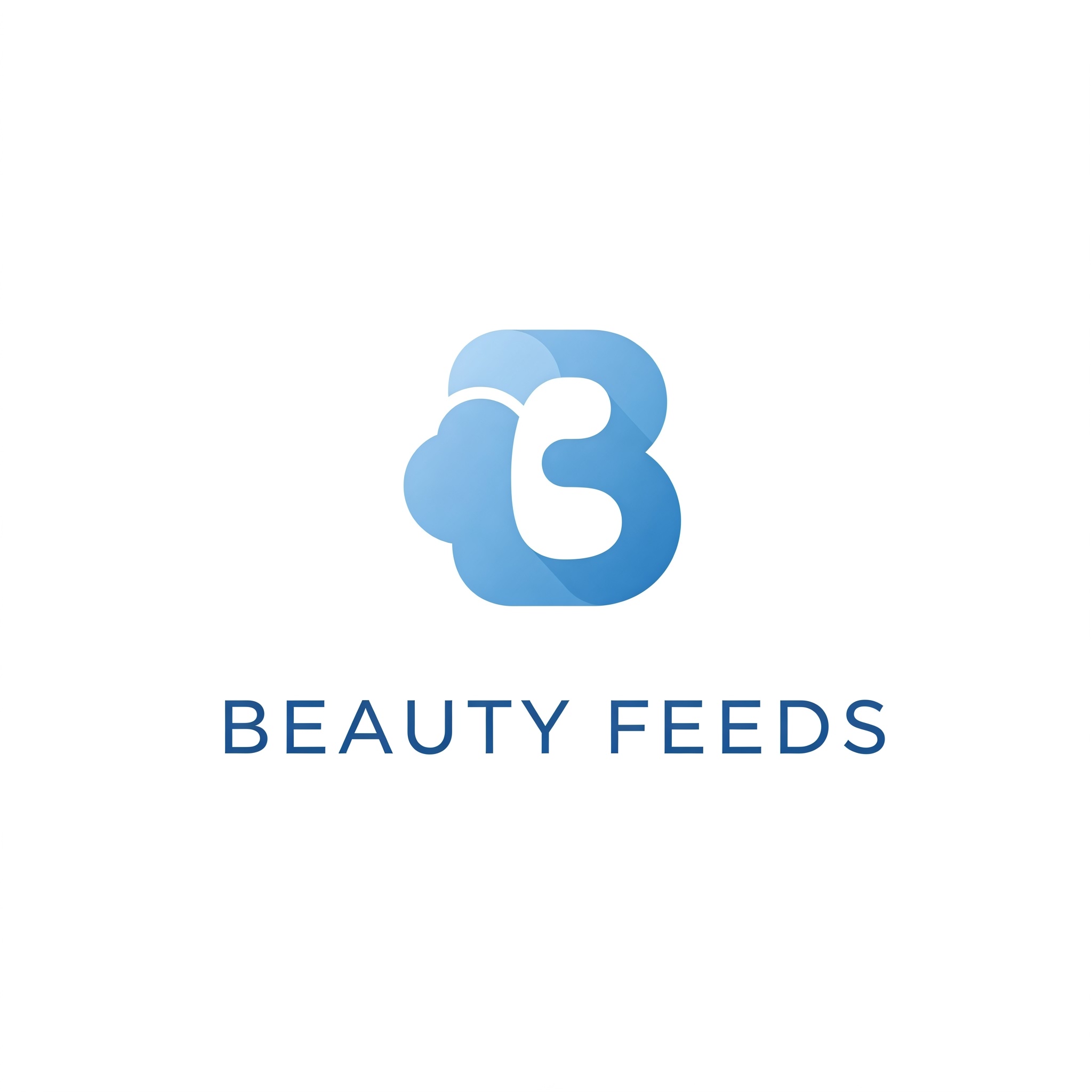

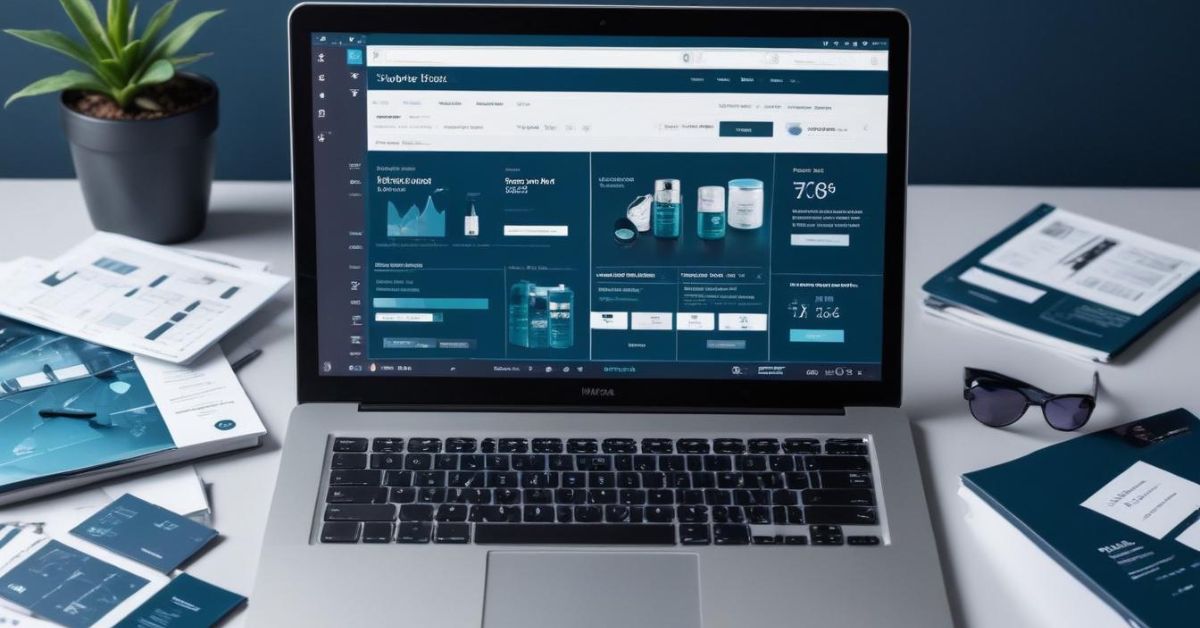
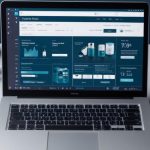


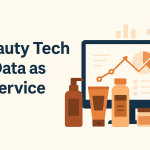
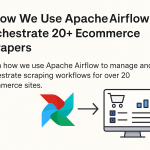
Leave a Reply